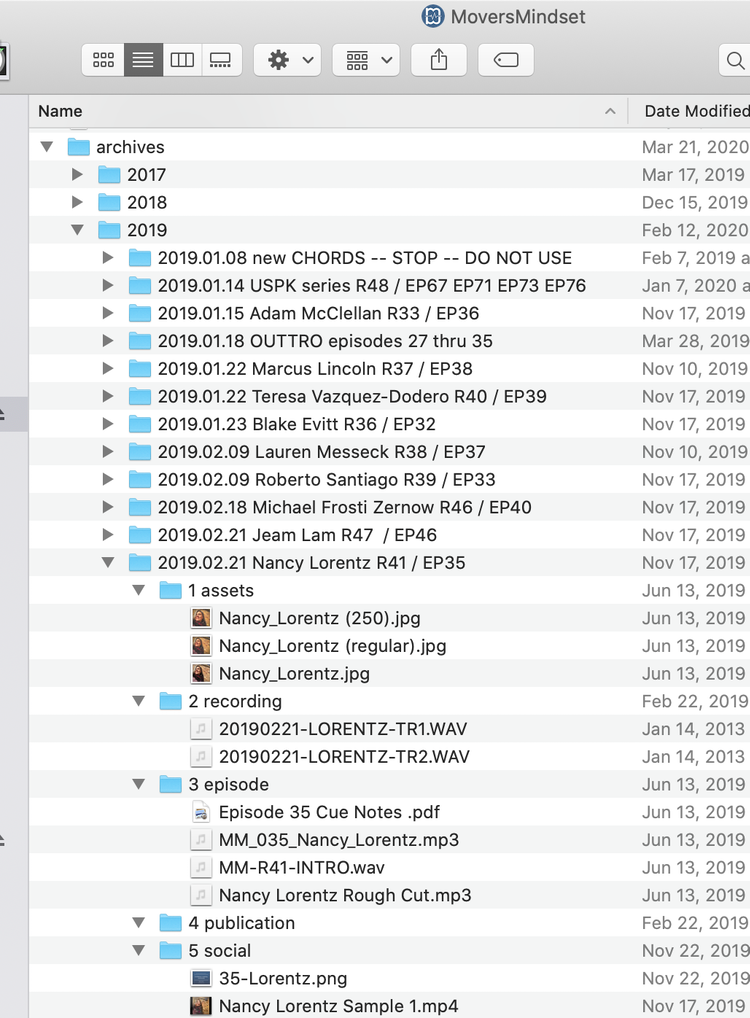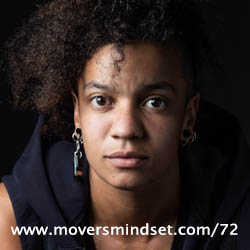What are the intersections of movement practices, leadership, and cultural anthropology?
‘A picture is worth a thousand words’ is a statement that Alex Pavlotski lives by as a cartooning ethnographer. He explains ethnography and anthropology, and shares his thoughts on parkour and where it’s headed. Alex discusses leadership and his project Word Magick, as well as his goals for an illustrated thesis. He unpacks his observations on parkour practice, community, and defining our own future.
I think the first thing about movement practice is that it’s deeply humbling. The first time you crawl around on all fours for hours, you understand that you have so much more to learn. And then I guess, I don’t know, at some point, it felt real; weird and real.
~ Alex Pavlotski (4:48)
Alex Pavalotski is an anthropologist, comic artist, blogger, and parkour practitioner based in Melbourne Australia. He is the creator of Parkour Panels, a satirical comic where he discussed relevant issues in the parkour community. Alex earned his PhD in 2016, and traveled extensively while working on his thesis, training with and studying global parkour communities.
The conversation examines how movement practices like parkour intersect with cultural anthropology and leadership. The discussion highlights how parkour’s growth has mirrored historical patterns of other movement practices, blending physicality with philosophy as practitioners age. Leadership is portrayed as a cultural force, shaping movement communities and the way they evolve over time. The influence of space, language, and shared values in defining these communities is explored.
Another focal point is the anthropological study of leadership, where the capacity to shape culture and practice is critical. The conversation also critiques the commodification and institutionalization of movement practices, suggesting that they risk losing their authentic and transformative potential. The potential of comics as a medium to communicate complex ideas, such as movement or leadership, is also emphasized.
Takeaways
Parkour as cultural evolution — The practice reflects historical patterns and adapts to contemporary environments.
Leadership’s influence — Leaders shape not just practices but also cultural interpretations of movement.
Manipulation in communities — Awareness of harmful leadership and group dynamics is crucial for healthy community growth.
Formalization and risk — Institutionalizing movement practices can lead to both opportunities and challenges.
Comics as communication — Visual storytelling offers a compelling way to explore and share ideas.
Trauma and learning — Physical and emotional struggles in movement lead to meaningful growth.
Anthropology’s role — Ethnographic studies provide valuable insights into how movement connects people.
Global dynamics — Different cultural approaches to parkour highlight varying values and goals.
Resources
Parkour Panels — A satirical comic by Alex addressing issues in the parkour community.
Word Magic — Alex’s project exploring leadership and community dynamics.
(Written with help from Chat-GPT.)
ɕ

